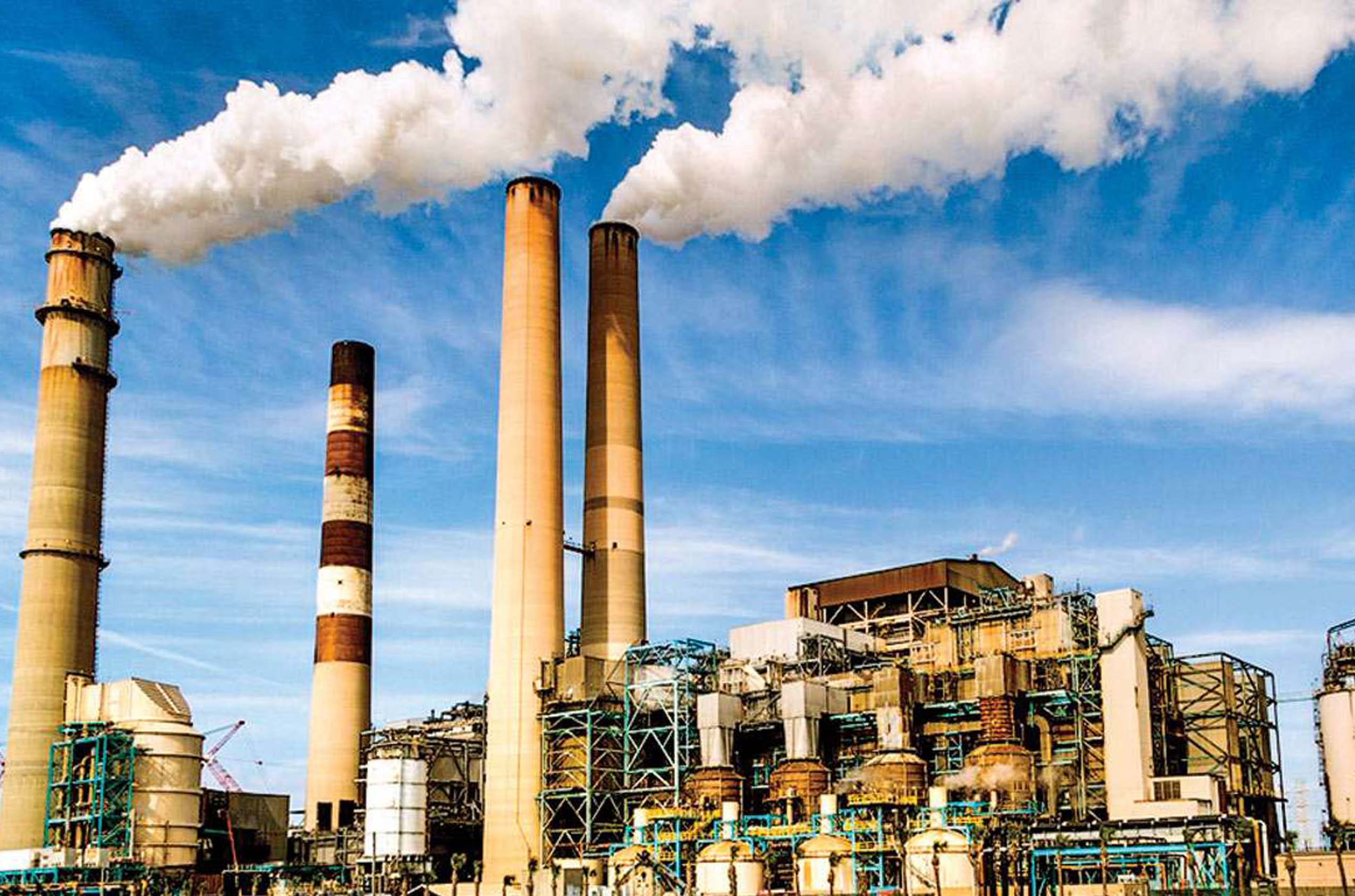Few days ago I received a link to an article about large number of cancer cases in Bargarh district in Odisha. The article implied that it might be related to heavy pesticide use by the farmers. I did some digging on the subject and this is what I found.
What is cancer?
Cells are the smallest units of the body and they make up the body’s tissues and organs. Each cell contains genes that guide the way the body grows, develops, and repairs itself. Cancer is caused by changes to certain genes that alter the way our cells function. Some of these genetic changes occur naturally when DNA (genetic code) is replicated during the process of cell division. But others are the result of environmental exposures that damage DNA.
Changes (mutation) in genes can cause normal controls in cells to break down. When this happens, cells do not die when they should and new cells are produced when body does not need them. The buildup of extra cells may cause a mass (tumor) to form. Tumors can be benign or malignant. Malignant tumor cells invade nearby tissues and spread to other parts of the body. Benign tumor cells do not invade nearby tissues or spread.
Carcinogens (cancer causing agents)
The substances listed below are among the most likely carcinogens to affect human health, according to the National Toxicology Program’s 14th Report on Carcinogens , USA(2018). Simply because a substance has been designated as a carcinogen, however, does not mean that the substance will necessarily cause cancer. Many factors influence whether a person exposed to a carcinogen will develop cancer, including the amount and the duration of the exposure and the individual’s genetic background. The carcinogenic substances are:
. Aflatoxins
.Arsenic
.Asbestos
.Benzene
.Benzidine
.Beryllium
.1, 3-Butadiene
.Cadmium
.Coal Tar and Coal Tar Pitch
.Coke Oven Emission
.Crystalline Silica (breathable size sand)
.Erionite
.Ethylene Oxide
.Formaldehyde
.Hexavalent Chromium Compound
. Indoor Emission from Household Combustion of Coal
.Mineral Oils: Untreated or Mildly Treated
.Nickel Compounds
.Radon
Second hand Tobacco Smoke
. Soot
. Strong Inorganic Acid Mists Containing Sulfuric Acid
.Thorium
.Trichloroethylene
.Vinyl Chloride
.Wood Dust
Risk Factors for Cancer
Factors that are known to increase the risk of cancer
A -Cigarette Smoking and Tobacco Use
Tobacco is strongly linked to the following types of cancer.
.Mouth and throat cancer
.Esophageal (food pipe) cancer
.Stomach cancer
.Lung cancer
.Bladder cancer
.Kidney cancer
. Pancreatic cancer
.Cervical cancer
. Acute Myelogenous leukemia (AML- a form of blood cancer)
B – Infections
Certain viruses and bacteria are able to cause cancer. They are:
. Human Papilloma Virus (HPV) increases the risk for cancer of the cervix, vagina, penis, anus and mouth.
. Hepatitis B and Hepatitis C Viruses- Liver cancer
.Helicobacter pylori (cause of peptic ulcer) – Stomach cancer
C – Radiation
Being exposed to radiation is a known cause for cancer.
. Ultraviolet radiation (sunlight) – Skin cancer
.Medical radiation (Ionizing radiation) – from x-rays, CT – Scan, Fluoroscopy and nuclear medicines and radiation therapy can cause- leukemia, thyroid, breast, lung, stomach,colon, bladder and ovarian cancer.
D – Alcohol
Studies have shown that drinking alcohol is linked to an increase risk of the following types of cancer:
.Mouth cancer
.Esophageal cancer
.Colorectal cancer
. Breast cancer
Use of Herbicides and Cancer Risk
A California jury has awarded a couple more than 2 billion dollars in a verdict against Monsanto, a subsidiary of Bayer (2019). This is the third recent court decision involving claims that company’s Roundup weed killer caused cancer. The company insists there is no link between Roundup and cancer. EPA (Environmental Protection Agency, USA) reaffirmed that glyphosate (the common ingredient of Roundup and other herbicides) does not cause cancer (April 2019).
This may be the beginning of the story of whether commonly used, so called safe, pesticides and herbicides cause cancer or not. The final verdict is not in yet.
Conclusion
Cancer is not a single disease but a group of related diseases. Many things in our genes, our lifestyle, and the environment around us may increase or decrease our risk of getting cancer. Scientists are studying many different ways to help prevent cancer – but they don’t have a clear answer. In the meantime, to reduce your risk of getting cancer, do the followings:
.Do not use tobacco products of any kind (pan, bidi, cigarettes)
.Do not smoke or inhale smoky air
. Use mask when air pollution is high
. Do not drink alcohol
.Use face mask, goggles and other protective gears if you are working in a polluted environments (coal mines, sand pits, brick factories, spreading fertilizer, etc.)
. Get vaccinated against HPV, (Human Papilloma Virus) HepatitisB, and Hepatitis A.
Dr Saheb Sahu. MD, MPH
Source
Www. Cancer.gov/ about-cancer/causes-prevention



